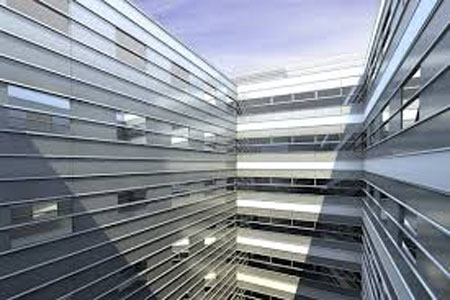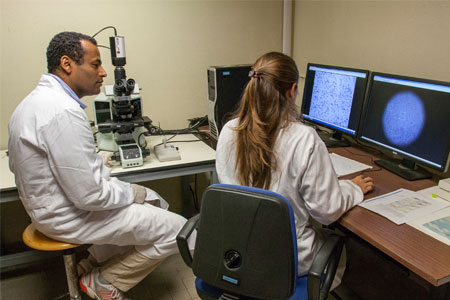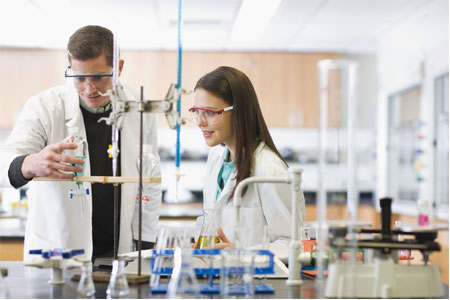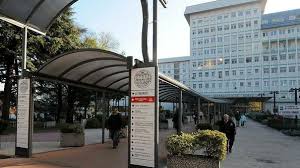MECHANICAL WAVES. Elastic waves, Huyghens principle, reflection, refraction, Fourier theorem, echo, noise, intensity of a wave and its unit of measurement, energy of a wave, sound level, decibel, hearing threshold. Physiological effects of noise.
Infrasound, sounds, ultrasound. Ultrasound, piezoelectric materials, operation of an ultrasound machine, impedance, ultrasound image formation, lateral and axial resolution.
Shock waves (SW) in medicine: the concept of shock waves, historical applications, SW generators and functioning. Tissue effects and side effects. Cavitation phenomenon and its applications.
ELECTROMAGNETIC WAVES. Electromagnetic waves created by alternating currents. Photons. Electromagnetic spectrum and atmospheric absorption. Measurements of magnetic fields, sources, instruments, units of measurement. Natural and artificial (ROA) optical radiation (UV, visible and infrared). Stefan-Boltzmann law (black body emission) and Wien law (color of incandescent bodies). Effects of optical radiation on human health.
Exposure limits for humans to UV rays based on ICNIRP regulations. Presentation of a study to analyze the effects of a UVA lamp on human health and bacteria.
LIGHT AND ORGANIC TISSUES. Propagation of light in tissues: absorption, Lambert Beer law, scattering, Rayleigh scattering and Mie theory. Oximeter. Fluorescence phenomenon, fluorescent contrast agents and bioluminescence phenomenon. Applications in biomedical research.
Imaging techniques in medical diagnostics: radiography, CT scan, scintigraphy, SPECT, PET. Radioactivity: alpha, beta and gamma emissions. Optical detection of radionuclides, scintillation and Cerenkov radiation. Detection of Cerenkov radiation in biological tissues and humans.
LASER. Laser safety. Operating principles of lasers, effects of lasers on soft tissues, bones and dental enamel.







